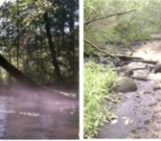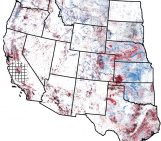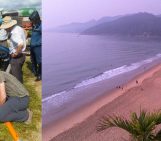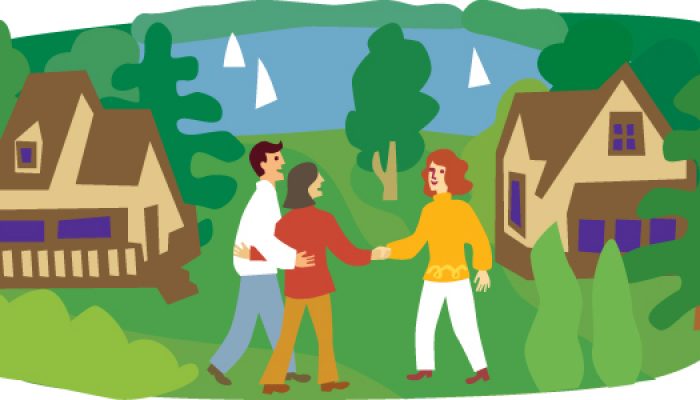
Post by Samuel Zipper, postdoctoral fellow at both McGill University and the University of Victoria, in Canada. You can follow Sam on Twitter at @ZipperSam.
___________________________________________________________
Dedicated Water Underground readers know that this blog is not just about water science, but also some of the more cultural impacts of groundwater. Keeping in that tradition, today’s post begins with a joke*:
Knock, knock!
Who’s there?
Your neighbor
Your neighbor who?
Your neighbor’s groundwater, here to provide water for your plants!
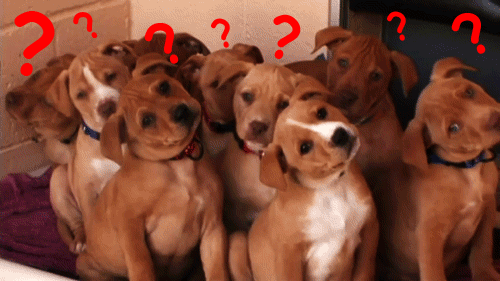
Figure 1. Typical reaction to joke written by the author.
Ahem.
Perhaps this joke needs a little explanation. As we’ve covered before, groundwater is important not just as a supply of water for humans, rivers, and lakes, but also because it can increase the water available to plants, making ecosystems more drought resistant and productive. However, we also know that groundwater moves from place to place beneath the surface. This means that human actions which affect groundwater in one location, like increasing the amount of paved surface, might have an unexpected impact on ecosystems in nearby areas which depend on that groundwater.
Imagine, for example, two neighboring farmers. Farmer A decides retire and sells his land to a developer to put in a new, concrete-rich shopping center. Farmer B continues farming her land next door. How will the changes next door affect the groundwater beneath Farmer B’s land, and will this help or hurt crop production on her farm?
In a new study, my colleagues and I explored these questions using a series of computer simulations. We converted different percentages of a watershed from corn to concrete to see what would happen. Our results showed that the response of crops to urbanization depended on where the land use change occurred.

Figure 2. Conceptual diagram showing how urbanization might impact crop yield elsewhere in a watershed. From Zipper et al. (2017).
In upland areas where the water table was deep, replacing crops with concrete caused a reduction in groundwater recharge, lowering the water table everywhere in the watershed – not just beneath the places where urbanization occurred. This meant that places where the ecosystems used to be reliant on groundwater could no longer tap into this resources, making them more vulnerable to drought. However, places where the water table used to be too shallow saw boosts in productivity, as the lower water table was closer to the optimum water table depth.
In contrast, urbanization happening in lowland areas had a much more localized effect, with changes to the water table and yield occurring primarily only in the location where land use changed, because the changes in groundwater recharge were accounted for by increased inflows from the stream into the groundwater system.
So, what does this mean for the neighboring farmers we met earlier?
For Farmer A, it means the neighborly thing to do is work with the developers to minimize the effects of the land use change on groundwater recharge. This can include green infrastructure practices such as rain gardens or permeable pavement to try and mimic predevelopment groundwater recharge.
For Farmer B, the impacts depend on the groundwater depth beneath her farm. If the groundwater beneath her farm is shallow enough that her crops tap into that water supply, she should expect changes in the productivity of her crops, especially during dry periods, and plan accordingly.
*Joke written by scientist, rather than actual comedian.
___________________________________________________________
For More Information:
Zipper SC, ME Soylu, CJ Kucharik, SP Loheide II. Indirect groundwater-mediated effects of urbanization on agroecosystem productivity: Introducing MODFLOW-AgroIBIS (MAGI), a complete critical zone model. Ecological Modelling, 359: 201-219. DOI: 10.1016/j.ecolmodel.2017.06.002
___________________________________________________________
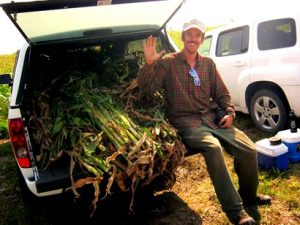
Sam Zipper is an ecohydrologist. His main research focuses broadly on interactions between vegetation and the water cycle, with a particular interest in unintended or indirect impacts of land use change on ecosystems resulting from altered surface and subsurface hydrological flowpaths. You can find out more about Sam by going to his webpage at: samzipper.weebly.com.

